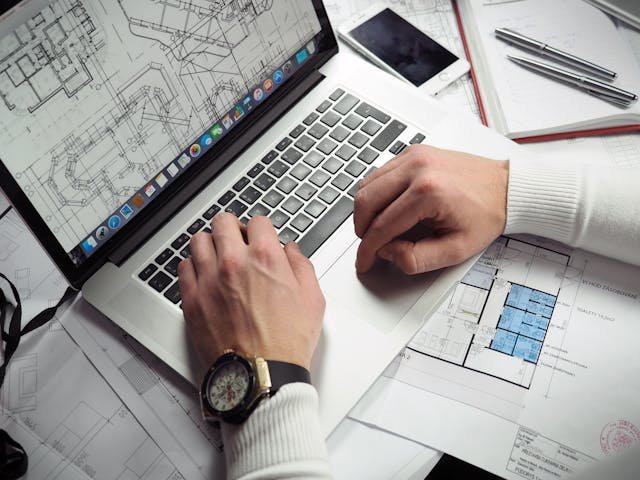Bionic arms are no longer the stuff of science fiction. Today, they’re a reality, offering people with limb loss the chance to regain independence and perform everyday tasks with precision. But with these advancements come questions: How effective are these devices? Are they worth the investment? In this article, we’ll explore the latest innovations in bionic arms, the benefits they bring, and the challenges users might face. Whether you’re a potential user or simply curious, this guide will help you understand the true value of this remarkable technology.
What Makes Bionic Arms Revolutionary?
Bionic arms represent a significant leap forward in prosthetic technology. Unlike traditional prosthetic arms, which rely on mechanical systems to perform basic movements, bionic arms use advanced electronics to mimic the natural motion of a human limb. They are designed to be intuitive, allowing users to control their movements with signals from their muscles or even their nerves.
A Closer Look at How Bionic Arms Work
At the heart of a bionic arm lies a sophisticated system of sensors, motors, and microprocessors. These components work together to translate the user’s intentions into precise movements.
For example, when a user thinks about closing their hand, the sensors detect muscle signals from the residual limb. These signals are then processed by the arm’s onboard computer, which activates the motors to create the desired motion.
Some of the most advanced bionic arms even incorporate machine learning, enabling the device to adapt to the user’s unique muscle patterns over time. This personalization not only improves the arm’s functionality but also makes it feel more natural, reducing the learning curve for users.
The Role of Sensory Feedback
One of the most exciting developments in bionic arm technology is the integration of sensory feedback. Traditional prosthetics often lack this feature, leaving users to rely solely on visual cues to gauge their grip strength or the position of their hand.
Modern bionic arms, however, are beginning to incorporate touch sensors that can relay information back to the user. This means users can feel the difference between a soft object, like a sponge, and a hard object, like a coffee cup.
The addition of sensory feedback isn’t just about convenience; it has a profound psychological impact. Feeling connected to the prosthetic limb helps users see it as part of their body, enhancing their confidence and reducing the sense of loss.
The Latest Innovations Driving the Industry
In recent years, bionic arms have seen remarkable advancements, each bringing us closer to replicating the functionality of a natural limb. Let’s explore some of the most groundbreaking innovations shaping the field.
Advanced Materials for Lightweight Design
Early prosthetics were often heavy and cumbersome, making them difficult to wear for extended periods. Today’s bionic arms are made from advanced materials like carbon fiber and lightweight alloys.
These materials not only reduce the overall weight of the device but also increase durability, ensuring that the arm can withstand the demands of daily life.
Additionally, 3D printing technology is playing a significant role in creating custom-fit prosthetics. Companies like Robobionics use this technology to design arms that perfectly match the user’s anatomy, enhancing comfort and usability.
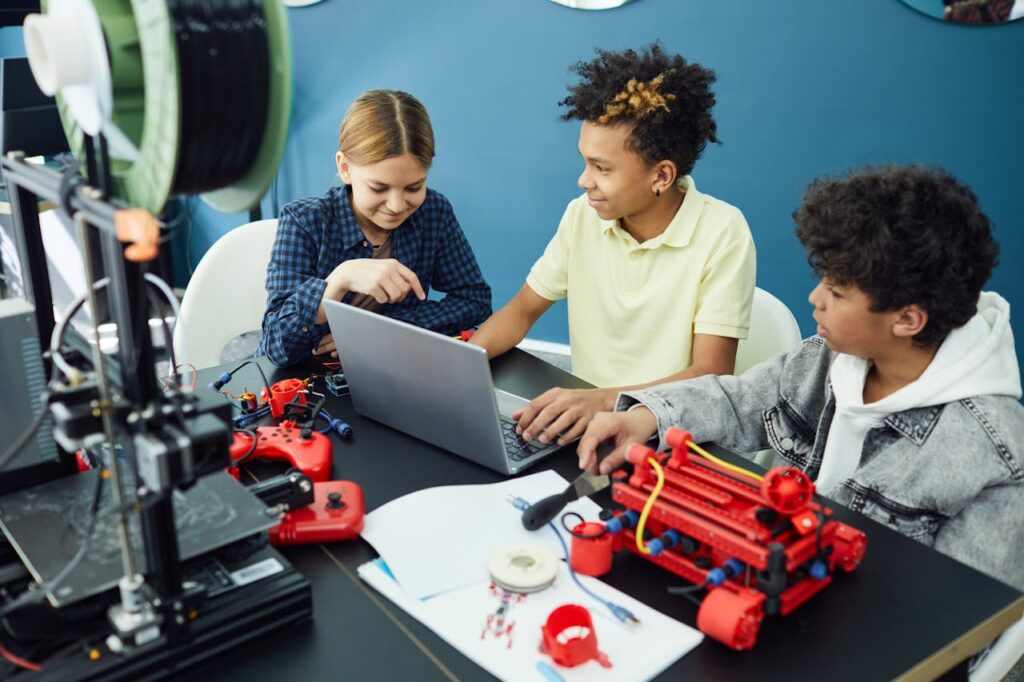
Multi-Articulating Fingers
One of the key features of modern bionic arms is the ability to perform complex hand movements. Multi-articulating fingers can move independently, allowing users to grip, pinch, and even type with precision.
This level of dexterity was unheard of just a decade ago, and it’s transforming the way users interact with the world.
For example, the Grippy™ bionic hand by Robobionics offers a range of grip patterns tailored to everyday tasks, from holding a pen to picking up small objects. This versatility enables users to regain a sense of normalcy in their routines.
Wireless Connectivity and Smart Features
Bionic arms are becoming increasingly integrated with smart technology. Many models now feature wireless connectivity, allowing users to adjust settings or monitor performance through a smartphone app.
These apps can provide valuable insights, such as usage statistics or battery levels, helping users optimize their experience.
Some bionic arms even offer programmable features, enabling users to customize movements for specific tasks. Imagine programming your arm to perform a series of motions for a repetitive task, like assembling a product on a factory line. This level of automation can significantly enhance productivity and ease of use.
Neural Control Interfaces
Perhaps the most groundbreaking innovation in bionic arms is the development of neural control interfaces. These systems connect directly to the user’s nervous system, enabling the prosthetic to respond to brain signals.
While still in the early stages, this technology has the potential to create a seamless link between mind and machine, offering unparalleled control and responsiveness.
For businesses in the prosthetics industry, staying at the forefront of neural interface research is crucial. As this technology matures, it could redefine what’s possible for bionic arms, setting a new standard for functionality and user experience.
Are Bionic Arms Worth the Investment?
Bionic arms offer an array of benefits that can significantly enhance a user’s quality of life. But as with any advanced technology, they come with a price tag that may give potential users pause. To determine whether they’re worth the investment, it’s important to consider both the tangible and intangible benefits they bring.
Functional Benefits
The most obvious advantage of bionic arms is their ability to restore lost functionality. Whether it’s cooking, writing, or shaking hands, these devices enable users to perform tasks that would otherwise be impossible. For those who lead active lives, the increased dexterity and precision of a bionic arm can be life-changing.
Beyond daily tasks, bionic arms can also open doors to new opportunities. For example, a user who was previously unable to work in a technical field may find that a bionic arm equipped with multi-articulating fingers enables them to return to their profession.
In this sense, the device is not just a tool but an enabler of independence and career growth.
The Broader Impact of Bionic Arms
Beyond their functional advantages, bionic arms have a profound impact on a user’s emotional well-being, social integration, and long-term quality of life. To fully understand their value, it’s important to look at these broader effects, as they often play an equally significant role in determining whether the investment is worthwhile.
Emotional and Psychological Benefits
One of the less obvious but highly impactful benefits of bionic arms is their ability to restore a sense of normalcy and self-confidence. Losing a limb often brings feelings of loss, frustration, and even isolation.
A bionic arm, especially one with advanced features like sensory feedback, can bridge that gap, helping users reconnect with activities they love.
For example, the ability to perform gestures like a handshake or a wave can boost a user’s confidence in social situations. Similarly, being able to independently accomplish tasks like preparing a meal or playing with children contributes to a renewed sense of autonomy and pride.
Businesses offering bionic arms can enhance this psychological benefit by incorporating user-centric features into their designs. A comfortable fit, intuitive controls, and aesthetically appealing options can make users feel more at ease and more connected to their prosthetic limb.
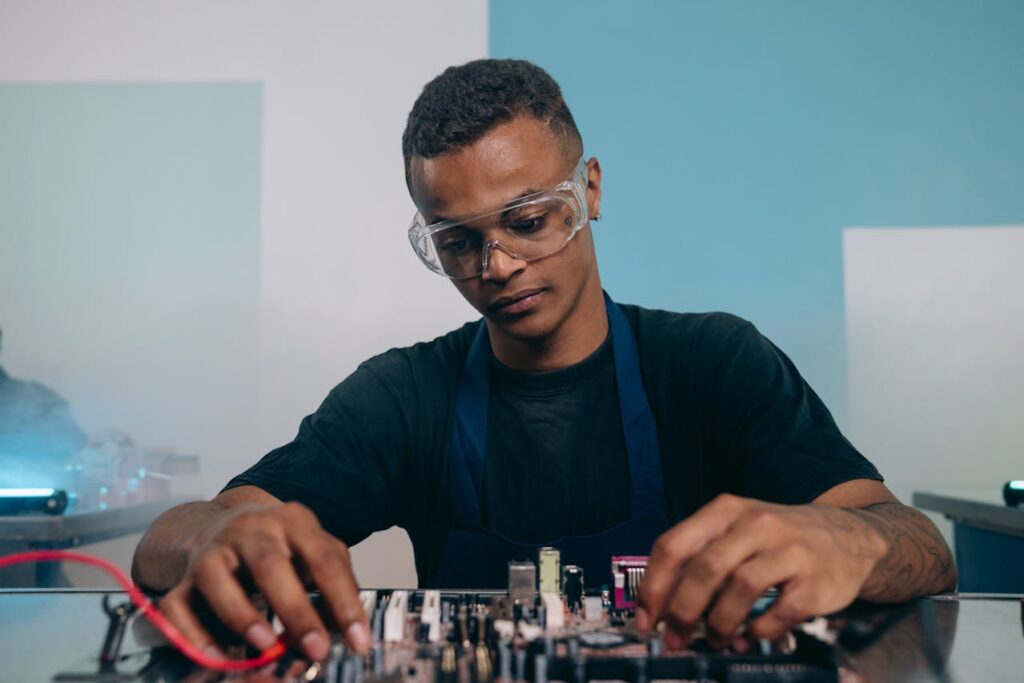
Social Integration and Interaction
The ability to engage in daily social interactions without hesitation is another critical benefit of bionic arms. For many users, social settings can become a source of anxiety after limb loss, as they may feel self-conscious or limited in their ability to participate.
A well-designed bionic arm can alleviate these concerns by enabling fluid, natural movements that feel less like a prosthetic and more like an extension of the body.
Some bionic arms even allow users to customize their appearance, from realistic skin tones to bold, creative designs. This personalization helps users express their identity and take pride in their prosthetic, turning it into a conversation starter rather than a source of discomfort.
Long-Term Quality of Life
Bionic arms are not just tools for immediate use; they are investments in long-term well-being. With proper care and support, these devices can continue to improve a user’s quality of life for years. Advanced models are designed to adapt to a user’s evolving needs, whether through software updates, modular components, or adjustable settings.
For businesses, emphasizing this adaptability is a key selling point. By offering upgrades, extended warranties, and accessible repair services, companies can build trust and ensure that users feel supported throughout their journey.
At Robobionics, for instance, our commitment to local, fast, and efficient service ensures that users never feel left behind as technology advances.
Addressing the Challenges of Bionic Arms
While the benefits of bionic arms are clear, they are not without challenges. For businesses in the prosthetics space, recognizing and addressing these challenges is essential to delivering a holistic and satisfying user experience.
Financial Accessibility
One of the primary barriers to adopting bionic arms is their cost. Advanced features like multi-articulating fingers, sensory feedback, and neural control interfaces come with a premium price tag. For many users, this can make the technology feel out of reach.
Businesses can take actionable steps to address this issue by exploring financing options, partnering with insurance providers, and offering tiered product lines that cater to different budgets. Providing transparent pricing and helping users navigate funding options can also build trust and improve accessibility.

Adaptation and Training
Another common challenge is the learning curve associated with bionic arms. While modern devices are becoming increasingly intuitive, they still require practice and training to master. Users must learn how to control the prosthetic, build muscle memory, and adapt to the feel of a bionic arm.
This is where businesses can make a significant impact. By offering comprehensive training programs, either in-person or virtually, companies can empower users to make the most of their prosthetics. Gamified rehabilitation programs, like those provided by Robobionics, are particularly effective in making the learning process engaging and rewarding.
Maintenance and Durability
As with any piece of advanced technology, bionic arms require regular maintenance to function optimally. Components like sensors, motors, and batteries may need periodic checks or replacements, and users must be educated on how to care for their prosthetic.
Businesses can address this by creating easy-to-follow maintenance guides and offering proactive service plans. Localized support, such as repair centers or on-call technicians, can also reduce downtime and ensure that users always have access to help when they need it.
Are Bionic Arms Worth It? A Holistic Perspective
The question of whether bionic arms are worth the investment ultimately depends on individual needs, goals, and circumstances. For those seeking to regain independence, improve quality of life, and explore new possibilities, the answer is often a resounding yes. The functional, emotional, and social benefits of these devices can transform lives in ways that are hard to quantify.
Measuring Success Beyond the Surface
The success of a bionic arm isn’t solely determined by its ability to perform tasks—it’s measured by how seamlessly it integrates into a user’s life. This means considering not just the mechanical efficiency of the arm but also its emotional resonance with the user.
Businesses can deepen their value proposition by focusing on the entire journey of adoption, from the first fitting to years of sustained use.
One way to enhance this experience is through continuous user engagement. By offering programs that track and support a user’s long-term progress, companies can ensure that their products evolve alongside the individual’s needs.
For instance, introducing a follow-up program where users can share their experiences and get regular upgrades helps reinforce the idea that the bionic arm is a partner for life, not just a one-time purchase.
The Ripple Effect of Independence
Bionic arms don’t just impact the individual—they transform entire ecosystems. A user who regains the ability to work, socialize, and participate in activities becomes a more active member of their community.
For businesses, understanding this ripple effect is critical when framing the value of their products to stakeholders such as healthcare providers, insurers, and policymakers.
Articulating these broader benefits in business communication can be powerful. Highlighting success stories of individuals who, with the help of a bionic arm, returned to their professions or pursued new educational opportunities can demonstrate the transformative potential of the technology.
These narratives can also inspire collaborations with government agencies or non-profits, paving the way for subsidies or funding initiatives that make the technology accessible to more people.
Creating Emotional Value for Users
The emotional connection users develop with a bionic arm is just as important as its technical performance. People don’t just want a functional prosthetic—they want something that resonates with their sense of self. Businesses can tap into this by offering customizable solutions that empower users to make their prosthetics truly their own.
Providing a range of aesthetic options, from realistic finishes to bold, expressive designs, adds a layer of personalization that many users deeply value. For businesses, this approach goes beyond mere customization—it’s about creating emotional value.
When users see their bionic arm as an extension of their identity rather than just a tool, the perceived value of the product increases dramatically.
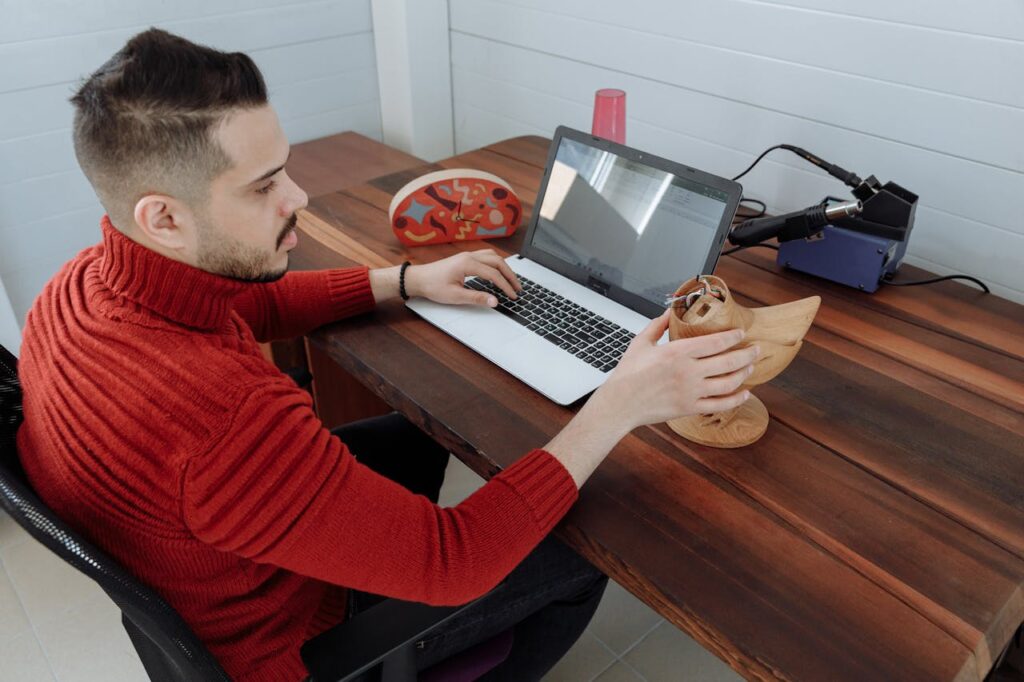
Aligning Innovation with Practicality
While innovation is a cornerstone of bionic arm development, it must always serve the end goal of practicality. The most advanced features lose their appeal if they don’t align with the user’s daily needs. For businesses, this underscores the importance of balancing cutting-edge technology with user-centric design.
Focusing on real-world application ensures that features are not just impressive but also meaningful. For instance, incorporating a function that allows users to perform specific tasks—like typing, cooking, or playing a musical instrument—can make the product stand out as truly life-changing.
Businesses should prioritize gathering real-world feedback during the development phase to identify what users truly need and want, refining their offerings accordingly.
Supporting Users Beyond the Product
A holistic perspective recognizes that the value of a bionic arm extends well beyond its physical form. It’s also about the ecosystem of support that surrounds the user. Maintenance services, ongoing rehabilitation programs, and access to a community of users all contribute to the long-term worth of the investment.
For businesses, building this ecosystem requires more than just logistical planning—it demands a strategic commitment to user care. Offering intuitive customer portals, real-time support, and seamless repair options shows users that their journey is a priority.
Furthermore, partnering with local clinics and healthcare providers to deliver these services ensures that support remains accessible and timely, enhancing the overall user experience.
The Road Ahead: The Future of Bionic Arms
Bionic arm technology is advancing at an unprecedented pace, fueled by breakthroughs in robotics, artificial intelligence, and biomedical engineering. These innovations promise to make bionic arms more accessible, versatile, and lifelike, transforming them from functional tools into seamless extensions of the human body.
Expanding Accessibility Through Cost-Effective Solutions
One of the most exciting developments in the field is the effort to make bionic arms more affordable. Innovations in manufacturing, such as 3D printing, are reducing production costs without compromising quality.
By streamlining the design process and using sustainable materials, companies can create high-performance prosthetics at a fraction of the traditional cost.
For businesses, adopting these technologies is a strategic opportunity to expand market reach and cater to underserved populations. At Robobionics, our commitment to affordability ensures that products like Grippy™ are accessible to a wide range of users without sacrificing innovation or reliability.
The Integration of Artificial Intelligence
Artificial intelligence is revolutionizing the way bionic arms operate, making them smarter and more intuitive than ever before. AI algorithms can analyze a user’s muscle patterns and movements in real time, enabling the prosthetic to respond faster and more accurately.
Over time, these systems can learn from the user’s behavior, adapting to their unique needs and preferences.
This adaptability is particularly valuable for users who engage in a variety of activities, from work to recreation. Imagine a bionic arm that adjusts its grip strength when holding a delicate glass of water but switches to a firm grip for carrying a heavy bag.
For businesses, investing in AI-driven prosthetics is a way to stay ahead in a competitive market while offering unparalleled functionality to users.
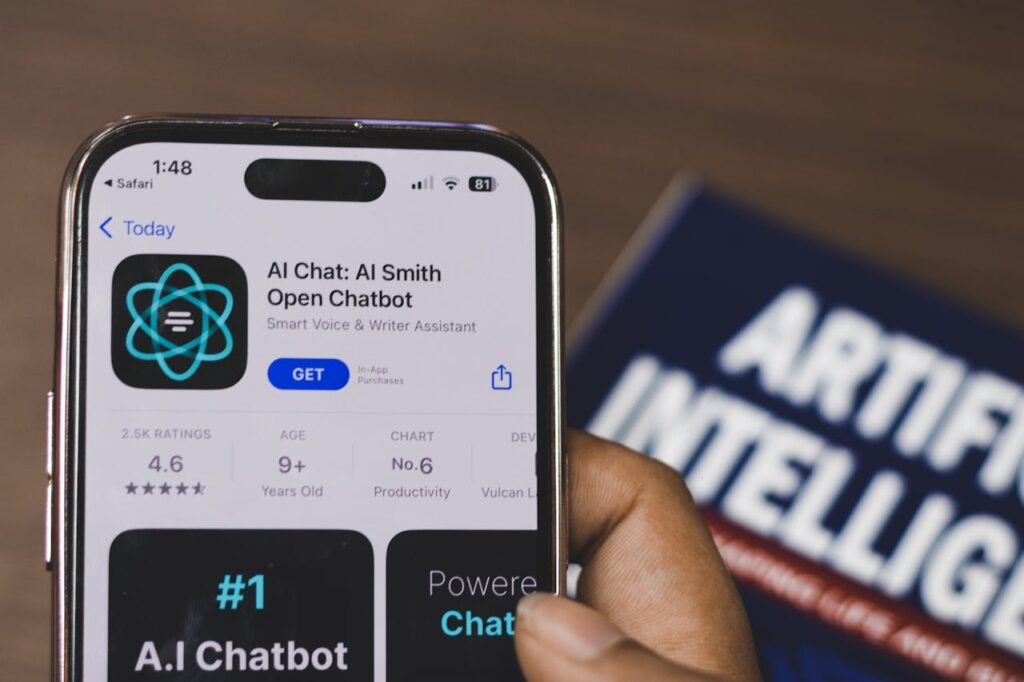
The Promise of Neural Interfaces
Neural interfaces represent the next frontier in prosthetic technology. These systems connect directly to the nervous system, allowing users to control their bionic arm with thought alone.
While still in the experimental stage, early trials have shown remarkable results, with users achieving levels of precision and responsiveness that were once thought impossible.
As this technology becomes more widely available, it has the potential to redefine the user experience. Businesses that invest in research and development for neural interfaces will be well-positioned to lead the industry into a new era of prosthetics.
For users, the prospect of a bionic arm that feels indistinguishable from a natural limb is both exciting and empowering.
A More Holistic Approach to Rehabilitation
As bionic arms become more advanced, so too must the rehabilitation programs designed to support users. The future of rehabilitation lies in personalization, with programs tailored to each user’s goals, lifestyle, and abilities.
Virtual reality (VR) and augmented reality (AR) are emerging as powerful tools in this space, offering immersive training environments where users can practice tasks in a controlled setting.
For example, a VR-based rehabilitation program might simulate real-world scenarios like cooking or driving, allowing users to gain confidence before applying their skills in daily life. Businesses that incorporate these technologies into their services can create a more engaging and effective user experience, setting a new standard for prosthetic care.
Partnering for Success: How Businesses Can Lead the Way
The evolution of bionic arms is not just a technological journey—it’s a collaborative effort that involves users, researchers, healthcare providers, and businesses. By fostering partnerships and adopting a user-first mindset, companies can play a pivotal role in shaping the future of prosthetics.
Building Trust Through Transparency
For users considering a bionic arm, the decision-making process can be overwhelming. Businesses can alleviate these concerns by providing clear, honest information about their products and services.
From explaining the features and limitations of a prosthetic to outlining costs and financing options, transparency builds trust and empowers users to make informed choices.
At Robobionics, we prioritize open communication at every stage, from initial consultations to post-purchase support. This approach not only enhances user satisfaction but also strengthens long-term relationships with our customers.
Creating Inclusive Communities
The journey of adapting to a bionic arm is deeply personal, but it doesn’t have to be solitary. By fostering inclusive communities where users can share experiences, seek advice, and celebrate milestones, businesses can create a sense of belonging and mutual support.
Online forums, social media groups, and in-person events are all effective ways to build these connections.
For example, a company might host a “Prosthetic Users Day” where individuals can meet industry experts, participate in workshops, and showcase their achievements. Such initiatives not only enrich the user experience but also demonstrate a company’s commitment to empowering its community.
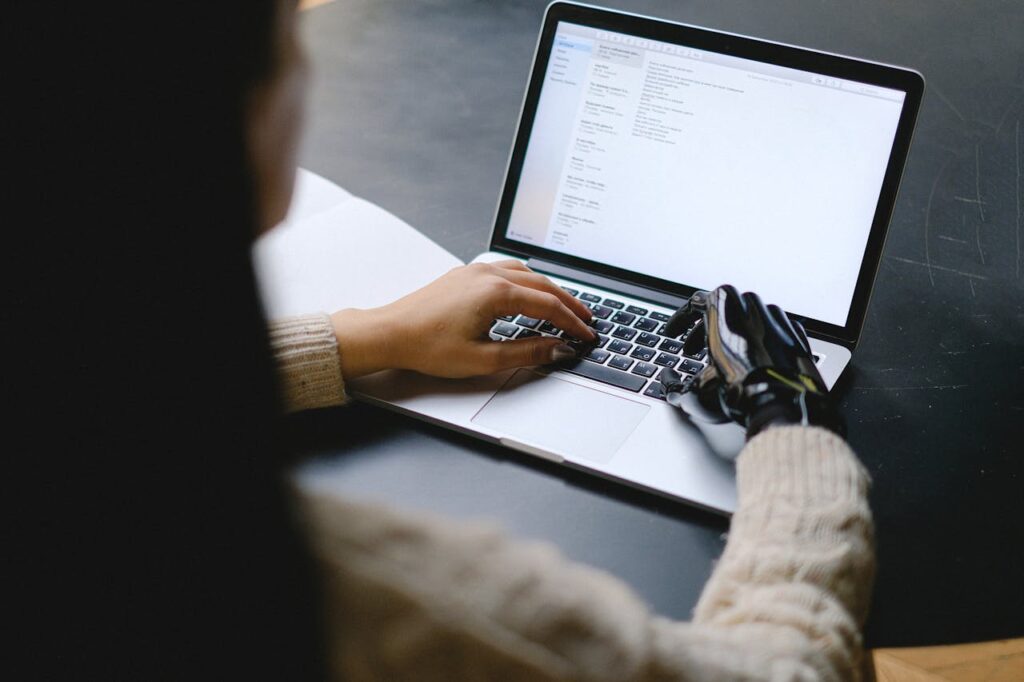
Driving Innovation Through Feedback
Innovation in bionic arm technology is often driven by the needs and insights of users. Businesses that actively seek feedback from their customers can identify areas for improvement and develop solutions that truly address real-world challenges. Regular surveys, user testing sessions, and open feedback channels are invaluable tools for gathering this information.
At Robobionics, we view every customer interaction as an opportunity to learn and grow. By listening to our users and incorporating their input into our designs, we ensure that our products are not only cutting-edge but also practical and user-friendly.
Conclusion
The question of whether bionic arms are worth the investment ultimately depends on the individual. For those seeking to regain independence, improve quality of life, and embrace new possibilities, the benefits often outweigh the costs. Bionic arms are not just tools—they are transformative solutions that enable users to reconnect with the world and achieve their goals.
For businesses, the rise of bionic arms represents an opportunity to make a lasting impact. By embracing innovation, prioritizing user needs, and fostering a culture of support, companies can lead the way in shaping a future where advanced prosthetics are accessible to all.



